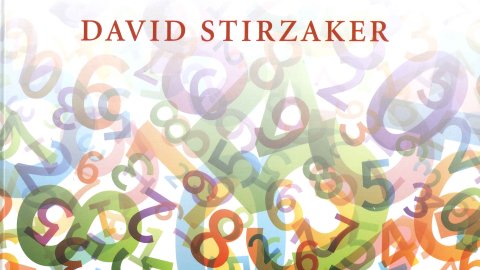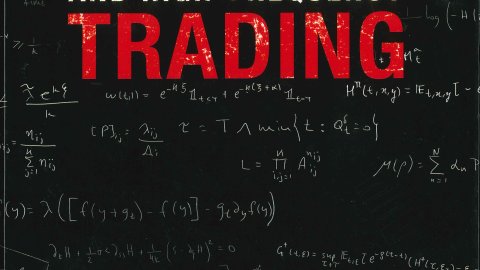Foreign Exchange Markets with Last Look
Abstract
We examine the Foreign Exchange (FX) spot price spreads with and without Last Look on the transaction. We assume that brokers are risk-neutral and they quote spreads so that losses to latency arbitrageurs (LAs) are recovered from other traders in the FX market. These losses are reduced if the broker can reject, ex-post, loss-making trades by enforcing the Last Look option which is a feature of some trading venues in FX markets. For a given rejection threshold the risk-neutral broker quotes a spread to the market so that her expected profits are zero. When there is only one venue, we find that the Last Look option reduces quoted spreads. If there are two venues we show that the market reaches an equilibrium where traders have no incentive to migrate. The equilibrium can be reached with both venues coexisting, or with only one venue surviving. Moreover, when one venue enforces Last Look and the other one does not, counterintuitively, it may be the case that the Last Look venue quotes larger spreads.
a working version of the paper may be found here
http://papers.ssrn.com/sol3/papers.cfm?abstract_id=2630662



